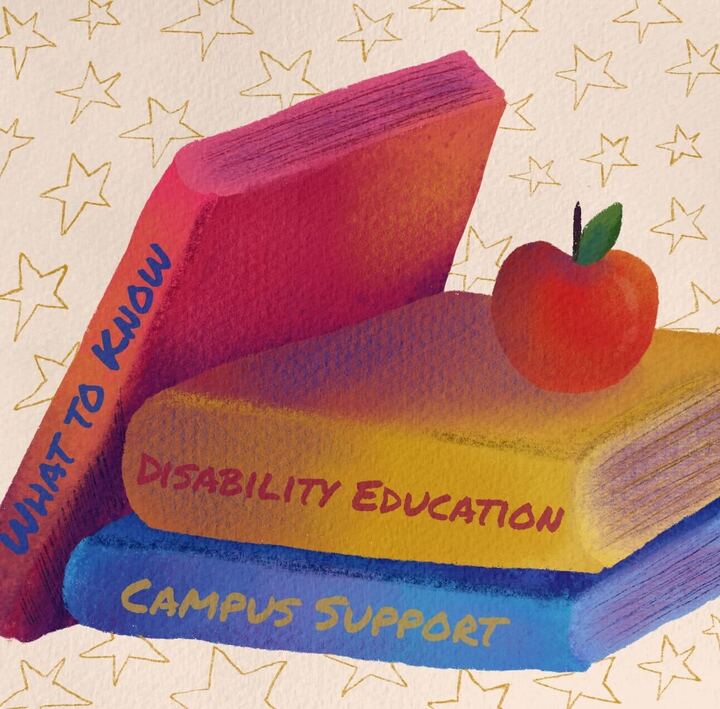It’s everywhere. On TV, billboards, phones, Ipods, computers and accessible through any technical device you can think of. We can read about it in newspapers and magazines. We can sometimes even hear it through the walls.
Sex.
But despite its pervasiveness, we really don’t know much about it.
Some are inclined to blame a “sexualized” culture for sexually related societal problems, such as teen pregnancy and sexually transmitted diseases. A ‘sexualized’ culture has nothing to do with our sexual societal problems. Rather, the problems lie within a sexual education system that is not only failing to educate young people, but is also harming society as a whole.
A 2012 report by Guttmacher Institute, an international organization that researches sexual and reproductive health and education, showed that there are two main approaches for teaching sexual education in the United States — ‘abstinence-only’ or comprehensive sexual education.
Abstinence-only sexual education teaches young people that abstaining from sex until marriage is the best means to avoid sexually transmitted diseases (STD), the Human Immunodeficiency Virus (HIV) and unwanted pregnancies. On the other hand, comprehensive sexual education does not only teach students the benefit of delaying sex until they are ready, but students are also taught how to protect themselves from STDs and pregnancies if they do decided to have sex.
Although the latter is more beneficial, neither of them are useful for providing an accurate view of sex and sexuality. We need to approach sexuality differently if we want to significantly decrease STD rates among young people and lower teen pregnancy.
According to the Guttmacher Institute, STDs among U.S. teens are much higher when compared with teens from Canada and Western Europe. A 2010 report by the Center for Disease Control and Prevention, showed that nearly half of the 19 million new STDs each year affect young people aged 15 to 24 years old. Even though the number of STDs has declined, it still costs the U.S. health care system more than 17 billion dollars every year.
The United States also has one of the highest teen pregnancy rates of all the industrialized countries. Some states have higher rates than others — a 2011 report by The National Campaign to prevent Teen and Unplanned Pregnancy illustrated that Mississippi, New Mexico and Arkansas have the highest teen birth rate among girls age 15-19, with over 5 births per 100 girls. These are the same states that provided a stricter abstinence-only education than other states.
With misinformation, teens will also continue to put their health at risk even though they are striving to do the opposite.
A 2012 CDC National Health Statistic Report states that younger people in sexual relationships with their opposite sex partner, are now having oral sex before their first vaginal intercourse to maintain virginity or avoid pregnancy or risk for STDs. But as this research indicates, they are still placing themselves at risk of sexually transmitted infections (STI) or HIV before they are ever at risk of pregnancy.
In California, the birth rate has decreased to three births per 100 girls, but this rate could be lowered if we had better education. The 2003 California Comprehensive Sexual Health and HIV/AIDS Prevention Act had promised to reform sexual education in California’s high schools. However, legislators missed one significant point with this act: to make comprehensive sexual education a requirement. Public schools in California are not obligated to offer sex education — the law only mandates HIV/AIDS prevention education. However, if a school chooses to teach sex education, they need to follow specific laws regarding course content.
Two California mothers are currently filing a lawsuit against a Fresno County school district, claiming that students are misinformed and being denied critical instructions about sexual activity. The American Civil Liberties Union, who are representing the mothers, state that the Clover School District taught that “all people, even adults, should avoid sexual activity until they are married.” Other materials compare a woman who is not a virgin to a dirty shoe and suggest that men are unable to stop themselves once they become sexually aroused.”
Fresno county has the one of the highest teen pregnancy and STD cases in the state.
A failing sexual education system does not affect everyone equally. Despite the work the feminist movement has done since the 1960s, young teen girls are still deprived from self-knowledge and empowerment. According to a Guttmacher report published earlier this year, 41 percent of American teens aged 18 to 19 reported that they knew little or nothing about condoms and 75 percent said they knew little or nothing about the contraceptive pill.
Dr. Marie Cartier, a gender and women’s studies professor who teaches Feminist Ethics and Women as Agents of Change courses at CSUN, said that teaching women how their bodies work will not only encourage responsible sexuality, but also help to prevent unwanted pregnancy.
“I have seen way too many students for me to count who got in sexual situations that got over their head,” said Cartier. “Many of them haven’t had the basic mechanics of how they could get pregnant.”
At the same time, sex education should not only be focused on the issues of pregnancy and STD’s. It needs to include a much stronger emphasis on empowerment, respect and the importance of making wise decisions.
“You are walking around in a body and whether or not you decided to use that body sexually, you should have the information about how that body works,” said Cartier.
Without providing adequate exposure to the sexual realities that young people will face, we will continue to experience the aftershocks of unwanted pregnancy and STDs. At a certain point, we must respect our young people as truly adults in training if we ever desire for them to act accordingly.





